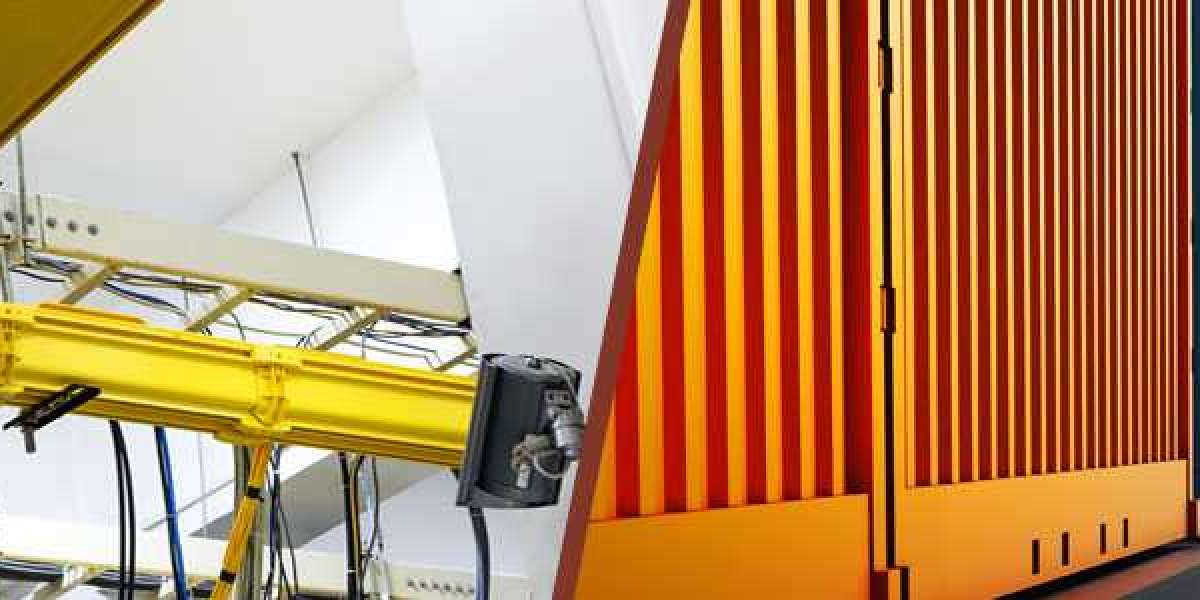The oil and gas sector relies on oil gas protective coating. It is essential to shield machinery and infrastructure against rust, erosion, and other harm. These sectors heavily rely on equipment and machinery that are vulnerable to deterioration, corrosion, and other types of harm. To ensure their durability and effective use, it is crucial to maintain these assets.
One of the finest methods to protect these machinery and pieces of equipment is with protective coatings. Here are some reasons they are so helpful.
Prevention of Corrosion
Protective coatings for oil and gas are intended to stop corrosion brought on by severe conditions, chemicals, and temperature changes. They prolong the lifespan of infrastructure and equipment by preventing early damage.
Decreased Costs For Maintenance
Oil Gas Protective Coating prevents equipment and infrastructure from corroding. This lowers the need for maintenance and repairs and lowers overall costs for businesses.
Enhanced Safety
Protective coatings for the oil and gas sector are essential for guaranteeing worker safety. They stop equipment breakdowns and leaks, which can create risky conditions for both the environment and people.
Enhanced Effectiveness
Oil and gas protective coatings make equipment less likely to break down or malfunction, which boosts production and efficiency. Additionally, coatings enhance flow and decrease friction, which enhances performance.
Sustainable Development
Protective coatings for oil and gas are created with low VOC emissions and little waste in mind. They also stop spills and leaks that might be harmful to the environment.
Numerous Applications
Pipelines, tanks, pumps, offshore platforms, and other pieces of infrastructure can all benefit from protective coatings for oil and gas. To fit varied purposes, they are available in a variety of formulas, including epoxies, polyurethanes, and polyureas.
Choices for Customization
Protective coatings for oil and gas come in a variety of hues, sheens, and textures. It offers a variety of ways to tailor them to a person's needs and tastes.
Additional Equipment Life
Equipment is shielded from corrosion and other problems by oil and gas protective coatings. This also increases its lifespan and lowers the need for replacement.
Cost-Effective
Oil and gas protective coatings are an economical way to safeguard infrastructure and machinery. They reduce the need for frequent maintenance and repairs and delay the need for equipment replacement.
Adherence To Regulations
Protective coatings for oil and gas must adhere to tight guidelines for both environmental effects and safety. Utilizing approved coatings assures legal compliance and lowers the possibility of fines and penalties.
Application Ease
Spraying, brushing, and rolling are just a few of the methods that may be used to swiftly and effectively apply protective coatings for the oil and gas industry. Since they cure quickly, turnaround times are shortened, and downtime is minimized.
Higher Asset Value
Oil and gas protective coatings increase the asset value of protected machinery and infrastructure. This facilitates leasing or selling, which raises the return on investment.
Final Reflections
The oil and gas sector relies on oil and gas protective coatings to protect machinery and infrastructure. It helps against rust, erosion, and other harm. They provide several advantages, such as the avoidance of corrosion, lower maintenance costs, enhanced safety, better productivity, and environmental friendliness.
Oil and gas protective coatings are a practical way to safeguard assets. It extends their lifespan because of their adaptability, simplicity of application, and compliance with laws.








